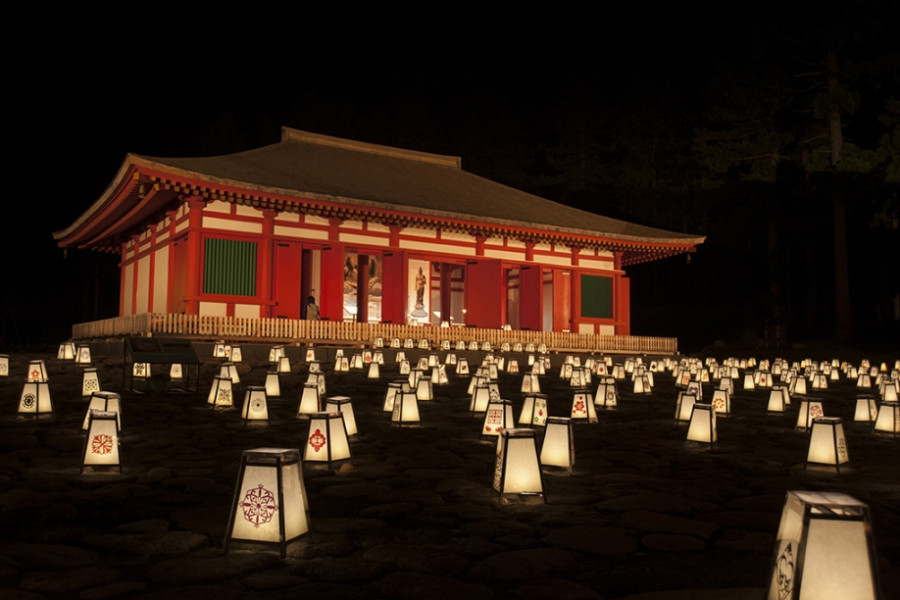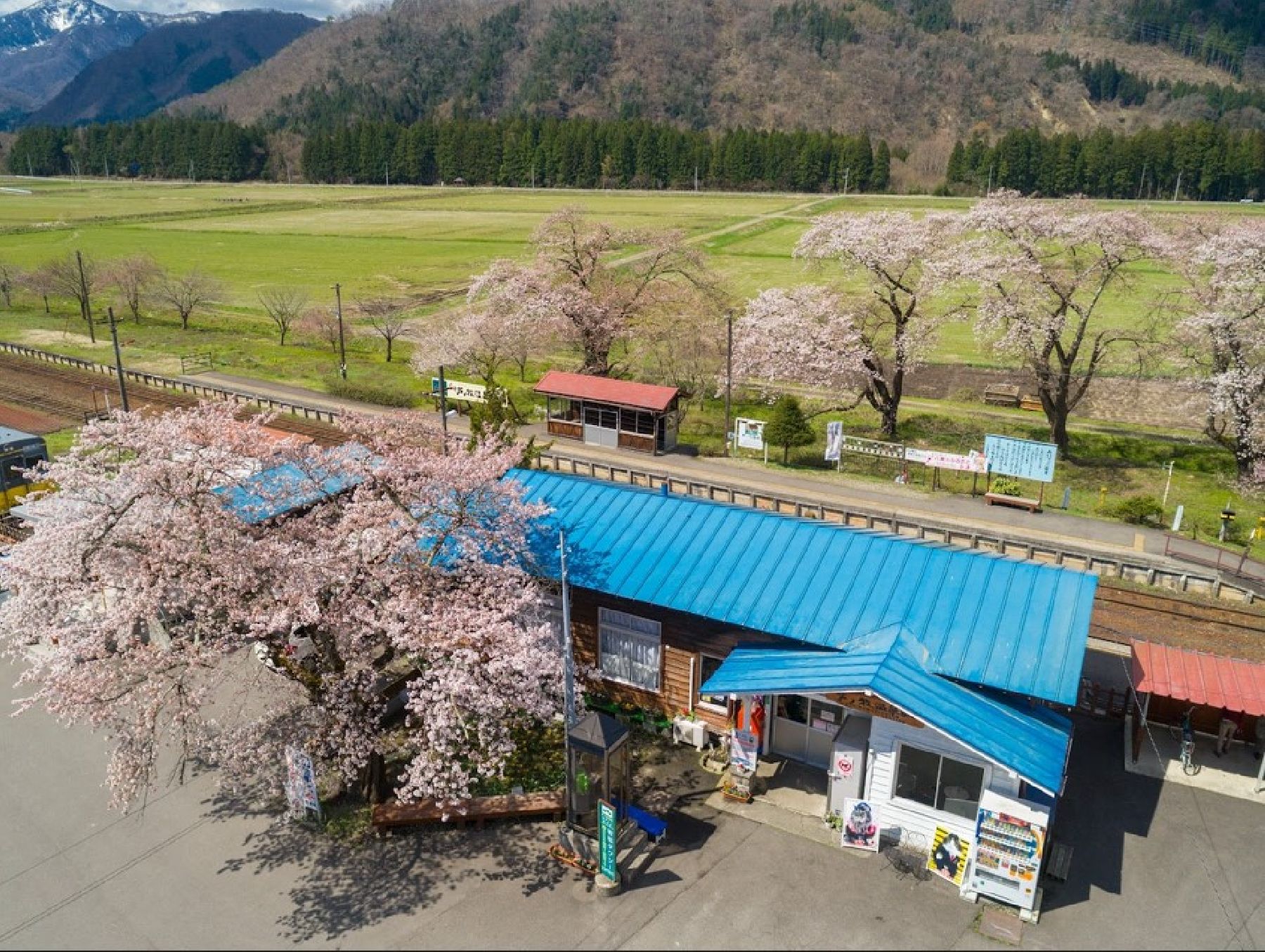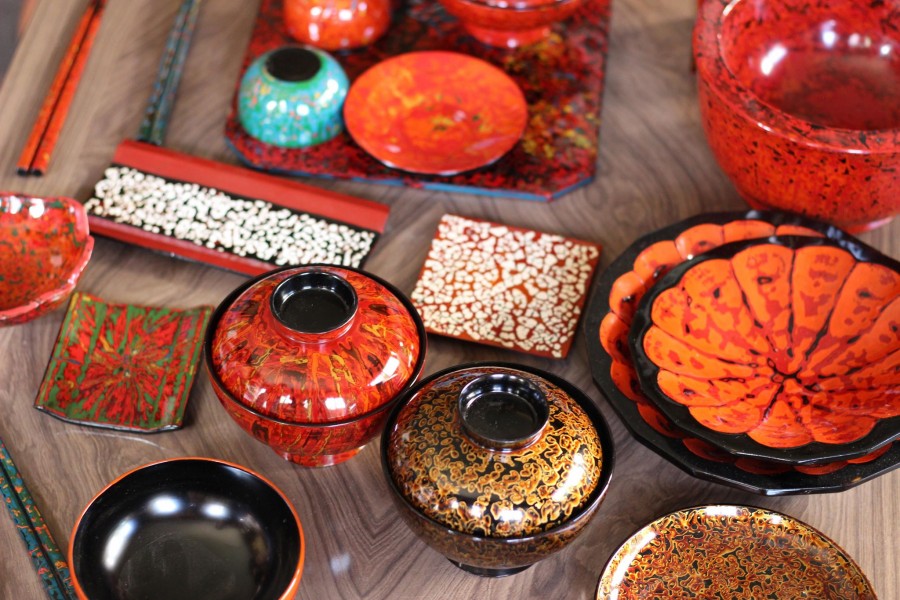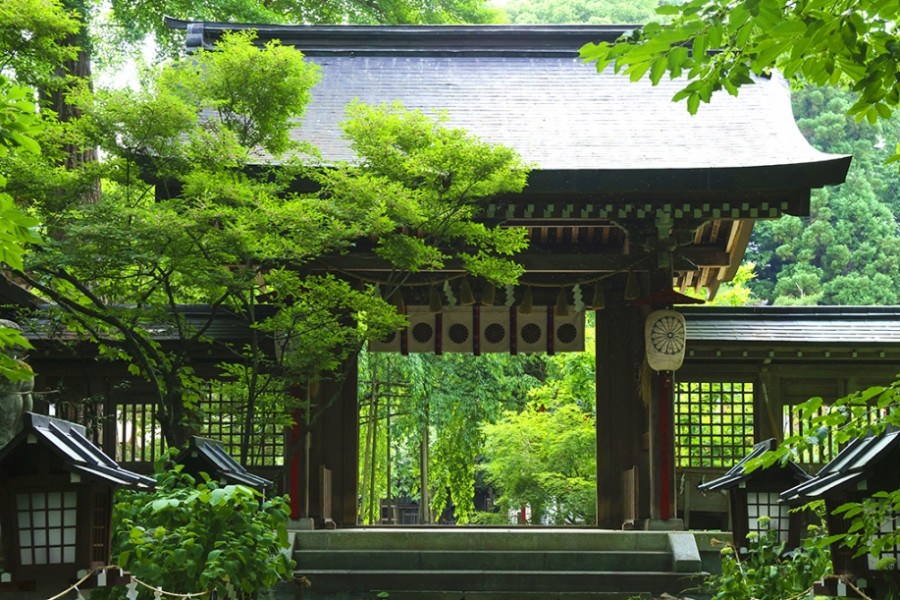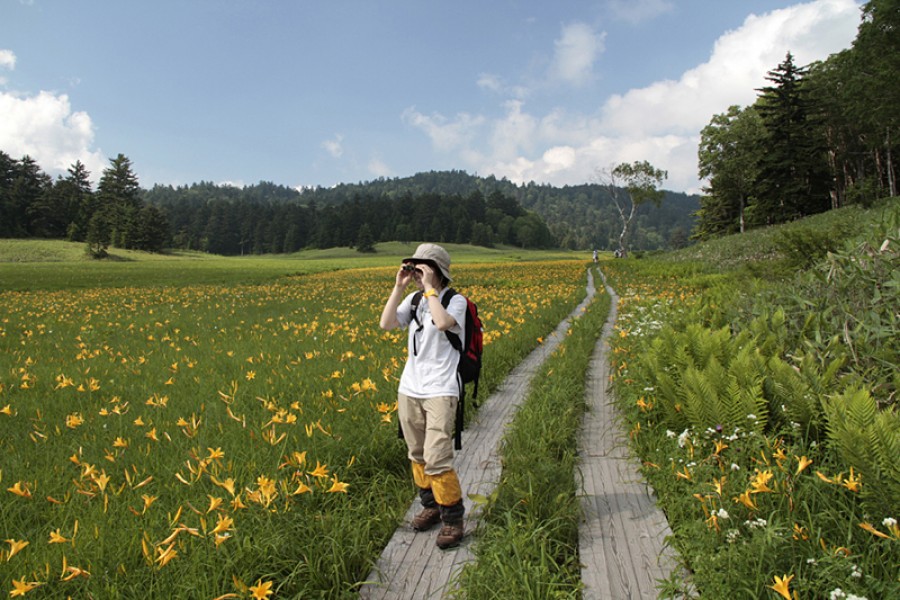
Ozegahara Marsh
Ozegahara Marsh is a high-altitude marshland located in Oze National Park. This 8 square kilometer marshland is a popular hiking destination and is home to some rare plants, including white skunk cabbage, Nikko Kisuge, and Watasuge (a variant of cottongrass). Hiking trails at Ozegahara are well-maintained and used almost year-round for hikers, except in winter when the park is often closed due to snow. Being just 150 kilometers from Tokyo makes Ozegahara and the rest of Oze National Park a popular getaway from city life. Some people will even drive up early in the morning, hike the day away, and then return to Tokyo the same day. It’s admittedly a tough trip if you choose to do it all in one day. Instead, why not stay the night in one of the overnight lodgings and huts within the park grounds? There's also the option of staying at a minshuku (private homes that provide meals and lodging for tourists) in Hinoemata Onsen town. However you choose to travel to Ozegahara, you won’t be disappointed. The marshland has hundreds of small pools that are a beauty to admire. Two mountains, Shibutsusan and Mt. Hiuchigatake, almost seem to stand guard over those who admire the lovely marshland scenery. The most popular trail to hike is the Hatomachitoge, as it is only a one-hour walk from the western end of the marshland. Visit in late May to early June to enjoy the famous white skunk cabbages as they bloom across Ozegahara. In July and August, the marshlands are painted a gentle yellow by the Nikko Kisuge flowers. And in September and October, the autumn colors bathe the marshland in bright gold and crimson.
